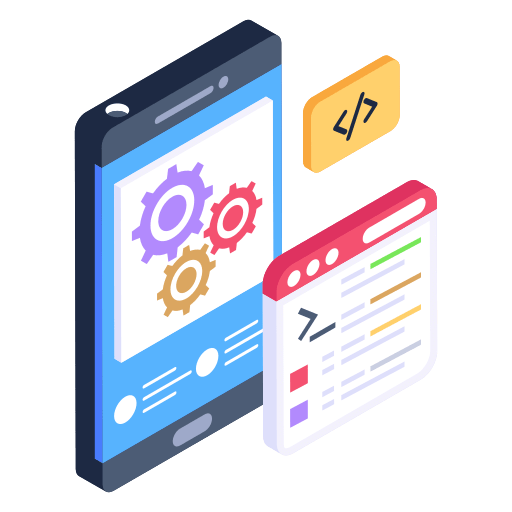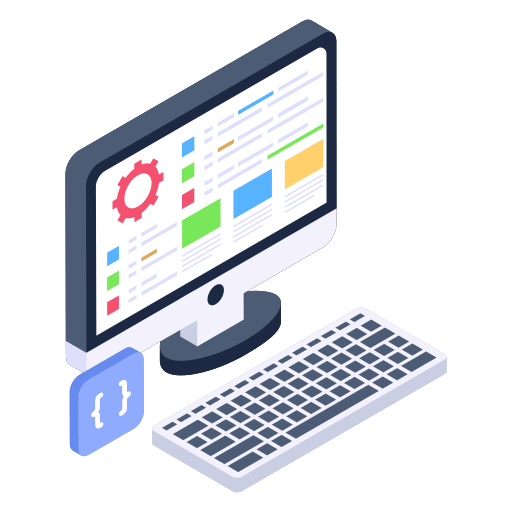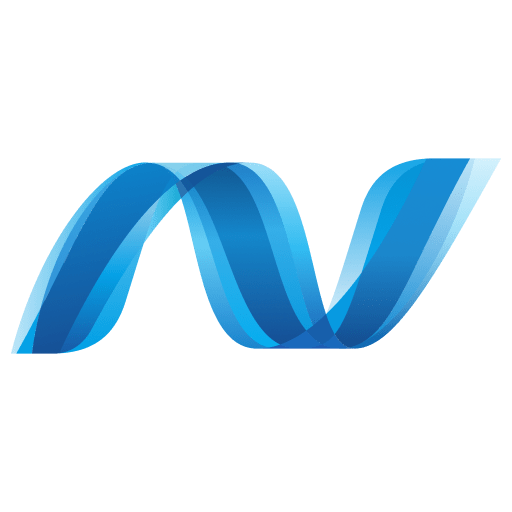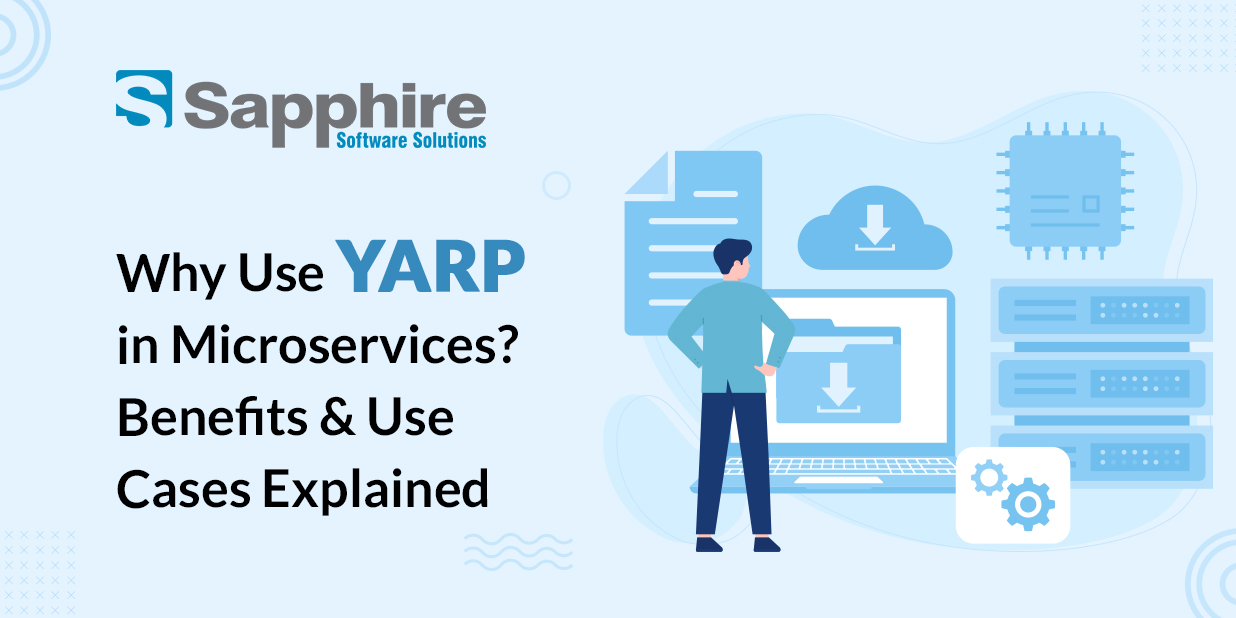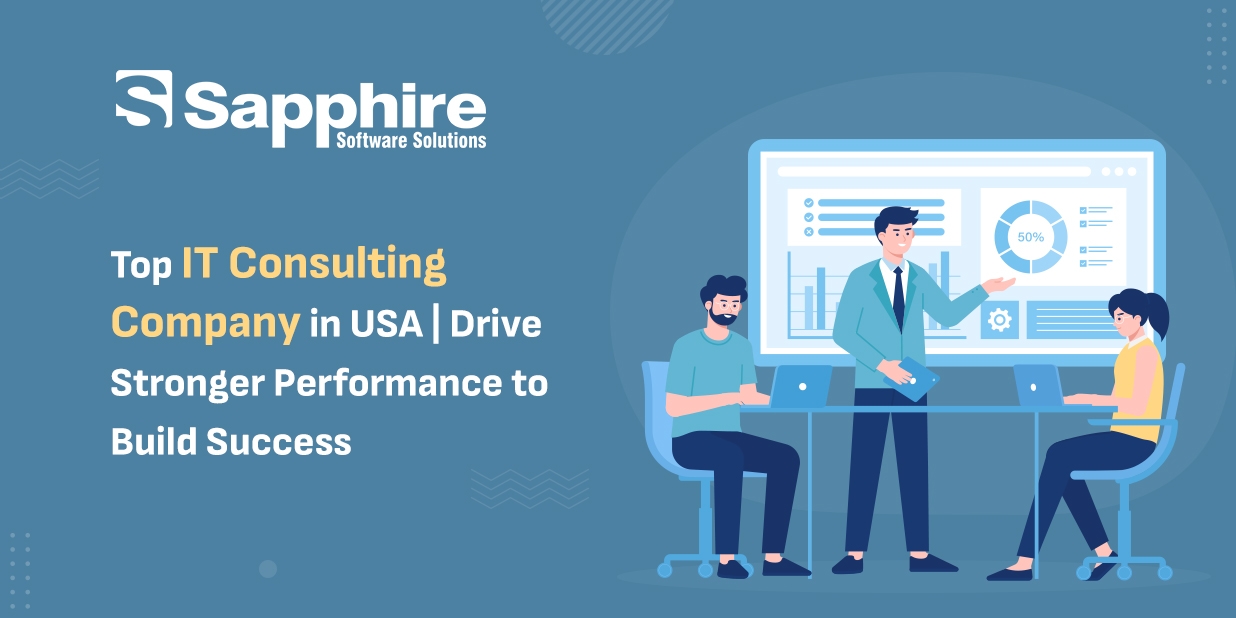Key Stages in Custom Software Development:-
1. Requirement Analysis:
Any bespoke software project starts with development companies conducting thorough needs analyses. At this stage, the software developers and the client engage in conversations to fully grasp the business goals, user demands, and technological requirements. The main objective is to compile all the necessary data to design a solution that fits the company’s aims.
At this stage, the development team generally participates in brainstorming meetings to generate fresh ideas and investigate possible features that can give the program a competitive advantage. To guarantee that the final product satisfies both company and end-user needs, market research, polls, and user interviews may also be utilized.
2. Planning and Design:
After the needs are precisely stated, a project strategy and design blueprint are created. This stage includes defining the software architecture, technologies, development tools, and timetables. A Software Development Company guarantees that the program is scalable, user-friendly, and capable of satisfying future corporate needs.
The design stage emphasizes the user experience (UX) and user interface (UI) and integrates Innovation. Software development businesses can visualize the product using mock-ups, prototypes, and wireframes. Innovative design solutions might include simple interfaces, flawless navigation, and creative elements meant for particular corporate use.
3. Development and Coding:
The main phases in which software programmers transform design requirements into a working product are development and coding. The intricacy of the project will determine if development breaks out into smaller iterations. Agile approaches have become somewhat common at this level as they enable quick development and ongoing Innovation by means of fast progress.
To innovate throughout the development process, U.S. businesses underline the use of modern technologies such as artificial intelligence (AI), blockchain, cloud computing, and the Internet of Things (IoT). Including artificial intelligence in bespoke software, for instance, may allow enhanced data analytics, machine learning, or automation. Custom software company inspire creativity by using new technology, thereby providing unique benefits for their customers.
4. Testing and Quality Assurance:
Software is tested extensively after it is produced to ensure it operates as expected. Development companies in the United States give this stage top priority as they understand that only dependable, high-quality products will allow for Innovation. Unit testing, integration testing, and user acceptance testing (UAT), among other testing approaches, assist in finding performance problems and flaws.
Software Development Company in USA could also investigate creative ideas to improve usability, security, or performance. Advanced automated testing technologies, for example, may expedite the testing process and provide thorough coverage; artificial intelligence-powered testing systems can forecast certain system faults.
5. Deployment and Implementation:
The program is ready for use after all quality inspections pass. Custom software companies operating in the USA may use continuous deployment techniques to guarantee flawless delivery and upgrade of the product. This phase consists of creating required environments, deploying the program on client servers, and end-user training.
Faster and more consistent software delivery is made possible by deployment methodologies such as DevOps, which also uses innovative DevOps techniques to help close the gap between operations and development, therefore enabling deployment, delivery, and ongoing integration.
6. Maintenance and Support:
Software needs constant maintenance post-deployment to maintain the best performance, issue correction, and update introduction. Custom software development American firms generally incorporate long-term support services, including debugging, adding new features, and guaranteeing compatibility with developing technology.
Custom software developers keep ahead of industry trends and create modifications based on client and end-user comments, therefore promoting ongoing Innovation. Driven by artificial intelligence, predictive maintenance lets engineers anticipate possible issues before they start and intervene early on.
Methodologies Driving Innovation:-
1. Agile Methodology:
In particular, in the United States, agile has become the most often used software development technique as it is flexible and emphasizes incremental improvement. Agile lets cross-functional teams work constantly together and lets developers react fast to changes. Rapid prototyping, constant testing, and frequent customer comments made possible by this iterative process all help to stimulate creativity.
Checkout – What is Agile Software Development?
Agile is perfect for projects needing regular updates and creative ideas, as it can adapt to changing needs. Frequent sprints when new products or enhancements are tested and implemented help companies stay competitive and nimble.
2. Scrum:
One particular Agile method called Scrum divides development into time-boxed iterations known as sprints. Every sprint produces a possibly shippable product that lets new features be routinely released. Scrum encourages regular feedback loops between developers and stakeholders, hence fostering creativity.
Scrum’s emphasis on responsibility and cooperation helps to foster a climate in which Innovation could bloom. Daily stand-ups and sprint reviews by teams help to guarantee that the software development process stays open and sensitive to changes.
3. DevOps:
Another approach that is very important in promoting creativity in bespoke software development is DevOps. Combining operations and development guarantees that fresh features and upgrades are rapidly implemented without compromising quality. Automation, continuous integration (CI), and continuous delivery (CD) define DevOps and help to shorten the interval between creating and implementing novel ideas.
By letting businesses quickly test new ideas, get real-time comments, and effectively apply changes, this approach encourages creativity. Software’s capacity to be constantly updated and implemented helps companies to keep ahead of customer expectations and technical developments.
4. Lean Software Development:
Lean software development lets businesses produce high-quality goods quicker by concentrating on waste reduction and efficiency maximization. Encouragement of developers to provide client value as a top priority helps this approach highlight the need for Innovation. Lean concepts guarantee that only necessary elements are developed, thereby producing creative ideas that satisfy consumer demands.
Lean’s emphasis on ongoing development also promotes creativity and experimentation among teams urged to discover fresh approaches to maximize performance and reduce inefficiencies.
How U.S. Companies Leverage Innovation through Technology?
Often including cutting-edge technology in their solutions, custom software development companies in the USA lead in technical Innovation. Among the innovative technologies driving forward change are some of the following:
- Artificial intelligence and machine learning help software to change and grow depending on user behavior, hence enabling more individualized and intelligent applications.
- Cloud Computing: Cloud-based solutions provide businesses more freedom for deployment and maintenance as well as simple scalability of their software.
- Blockchain technology is a major development in fields like banking and supply chain management because it improves security and openness in software.
- Internet of Things (IoT): IoT integration allows bespoke software to interact with smart gadgets, thus generating fresh industry innovation prospects, including those in logistics, manufacturing, and healthcare.
Conclusion:
Our custom software development Services uses creative ideas combined with organized phases to propel the production of fresh software solutions. We are able to provide Offshore Software Development that support companies in reaching their objectives by concentrating on teamwork, ongoing development, and the integration of cutting-edge technology.





















